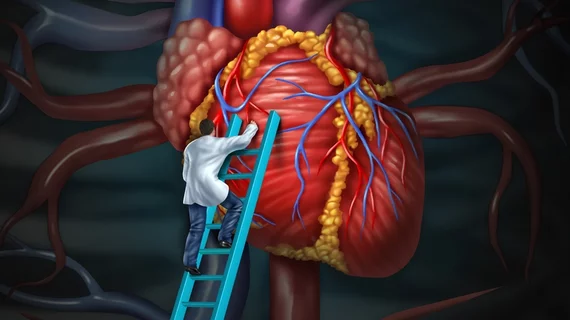3D printing could help prevent paravalvular leak in TAVR patients
A small study presented at SCAI 2018 demonstrated the potential of 3D printing to help clinicians select the appropriate size for transcatheter heart valves and avoid paravalvular leak (PVL).
PVL from poorly fitting valves is one of the most common complications of transcatheter aortic valve replacement (TAVR) and has been linked to increased mortality, prompting exploration of techniques to ensure better valve fitting.
In this study, researchers analyzed six patients who developed PVL after TAVR for severe, calcific aortic stenosis. They used preprocedure CT images to create 3D models of each patient’s aortic root.
Then, they implanted the models with the valves the patients actually received and ran CT scans on the models. In each case, the implanted models showed the same leaks that were evident on post-TAVR echocardiograms, suggesting PVL could have been prevented altogether with preprocedural 3D printing.
“We are very encouraged to see such positive outcomes for the feasibility of 3D printing in patients with heart valve disease,” lead author Sergey Gurevich, MD, a cardiovascular fellow at the University of Minnesota, said in a press release. “These patients are at a high risk of developing a leak after TAVR, and anything we can do to identify and prevent these leaks from happening is certainly helpful. Like any other new technology, as 3D printing evolves, we hope to see an increase in accessibility and opportunity for the use of this technology to help improve patient care.”

